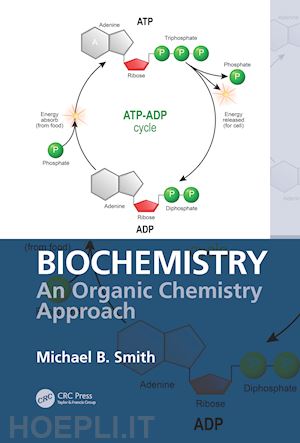Professor Michael B. Smith was born in Detroit, Michigan, and moved to Madison Heights, Virginia, in 1957. He graduated from Amherst County High School in 1964. He worked at Old Dominion Box Factory for a year after graduation and then started college at Ferrum Jr. College in 1965. He graduated in 1967 with an A.A. and began studies at Virginia Tech later that year, graduating with a B.S. in Chemistry in 1969. He worked as a chemist at the Newport News Shipbuilding & Dry Dock Co, Newport News, Virginia, from 1969 until 1972. In 1972 he began studies in graduate school at Purdue University in West Lafayette, Indiana, working with Prof. Joseph Wolinsky. He graduated in 1977 with a Ph.D. in Organic Chemistry. He took a postdoctoral position at Arizona State University in Tempe, Arizona, working on the isolation of anti-cancer agents from marine animals with Professor Bob Pettit. After one year, he took another postdoctoral position at MIT in Cambridge, Massachusetts, working on the synthesis of the anti-cancer drug bleomycin with Professor Sidney Hecht. Professor Smith began his independent career as an assistant professor in the Chemistry department at the University of Connecticut, Storrs, Connecticut, in 1979. He received tenure in 1986, and spent six months on sabbatical in Belgium, with Professor Leon Ghosez at the Universite Catholique de Louvain in Louvain la Neuve, Belgium. He was promoted to full professor in 1994 and spent his entire career at UCONN. Prof. Smith’s research involved the synthesis of biologically interesting molecules. His most recent work involved the preparation of functionalized indocyanine dyes for the detection of hypoxic cancerous tumors (breast cancer). Another project involved the synthesis of inflammatory lipids derived from the dental pathogen, Porphyromonas gingivalis. He has published 26 books, including Organic Chemistry: An Acid-Base Approach, 2nd edition (Taylor & Francis), the 5th–8th editions of March’s Advanced Organic Chemistry (Wiley), and Organic Synthesis, 4th edition (Elsevier), winner of a 2018 Texty Award. Prof. Smith published 96 peer-reviewed research papers and retired from UCONN in January of 2017.












